Being productive at home is about getting the right things done, not everything done. That's why we built Bento Focus.
Creating a functional and stylish home office in a small studio apartment can feel like a puzzle, but it’s totally doable with some clever hacks and smart design choices. Here’s a step-by-step guide to help you transform your tiny space into an efficient workspace.
1. Assess your space and needs
- Scope out your space: How much room can you realistically dedicate to a workspace? Get inspired by others’ small desk setups.
- Essentials list: What do you absolutely need to get your work done (desk, chair, computer, etc.)? 50+ work-from-home essentials from real people.
- Storage needs: How much storage will you need for supplies and documents? 10 creative ways to hide clutter in your home workspace.
- Quiet zone: Do you need a quiet area away from distractions? 10 tips for reducing noise in your home office.
2. Choose the right spot
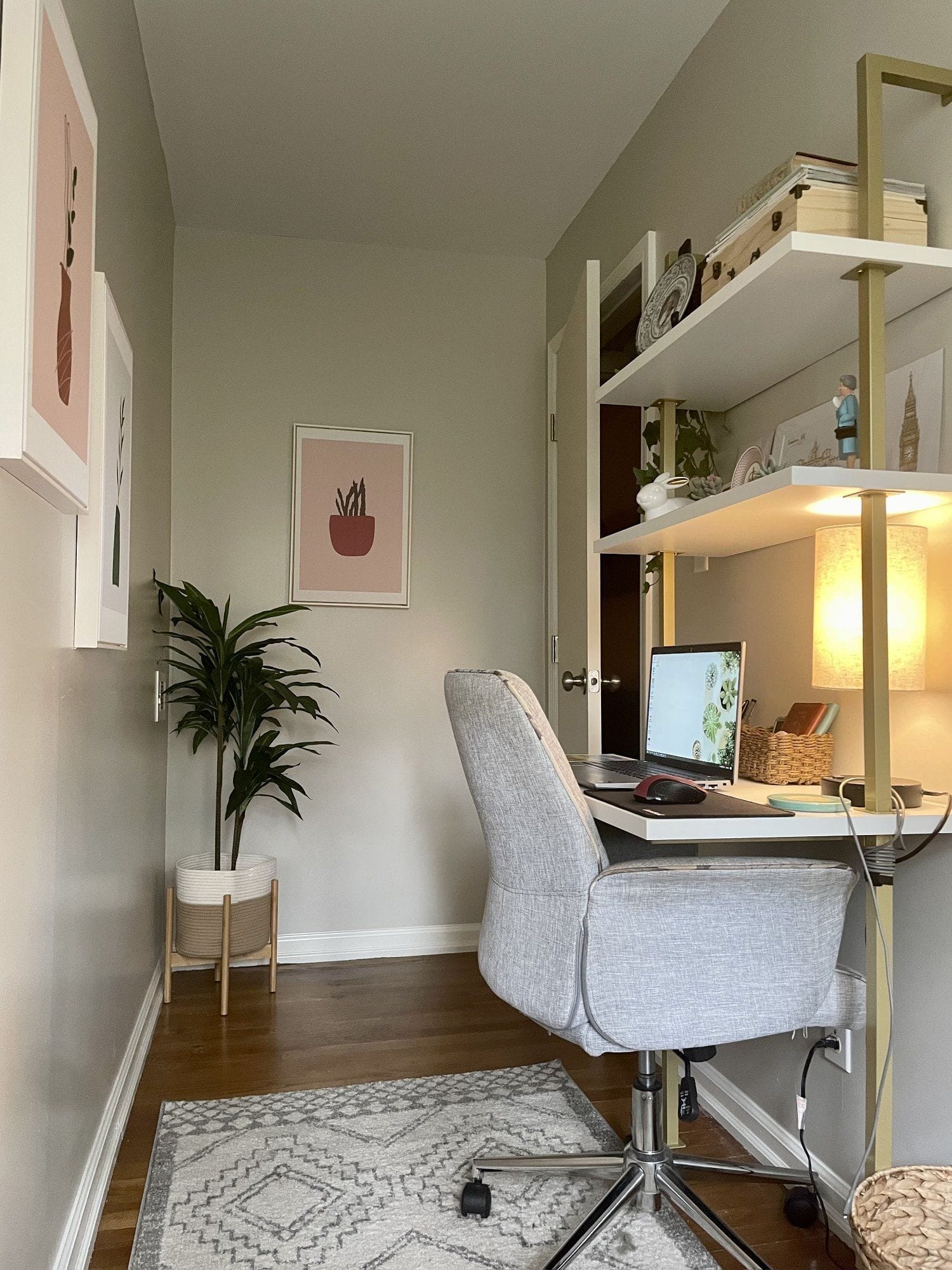
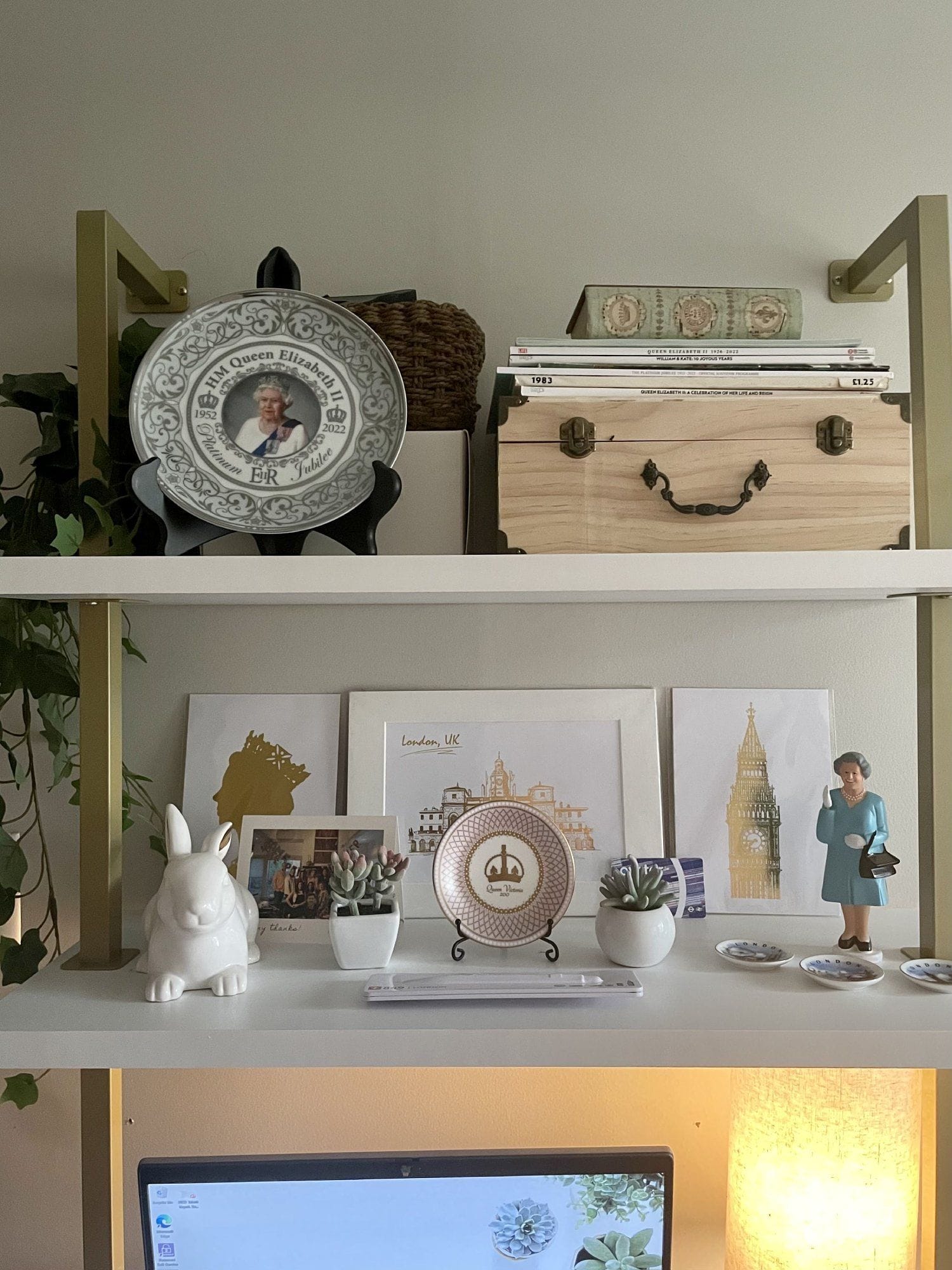
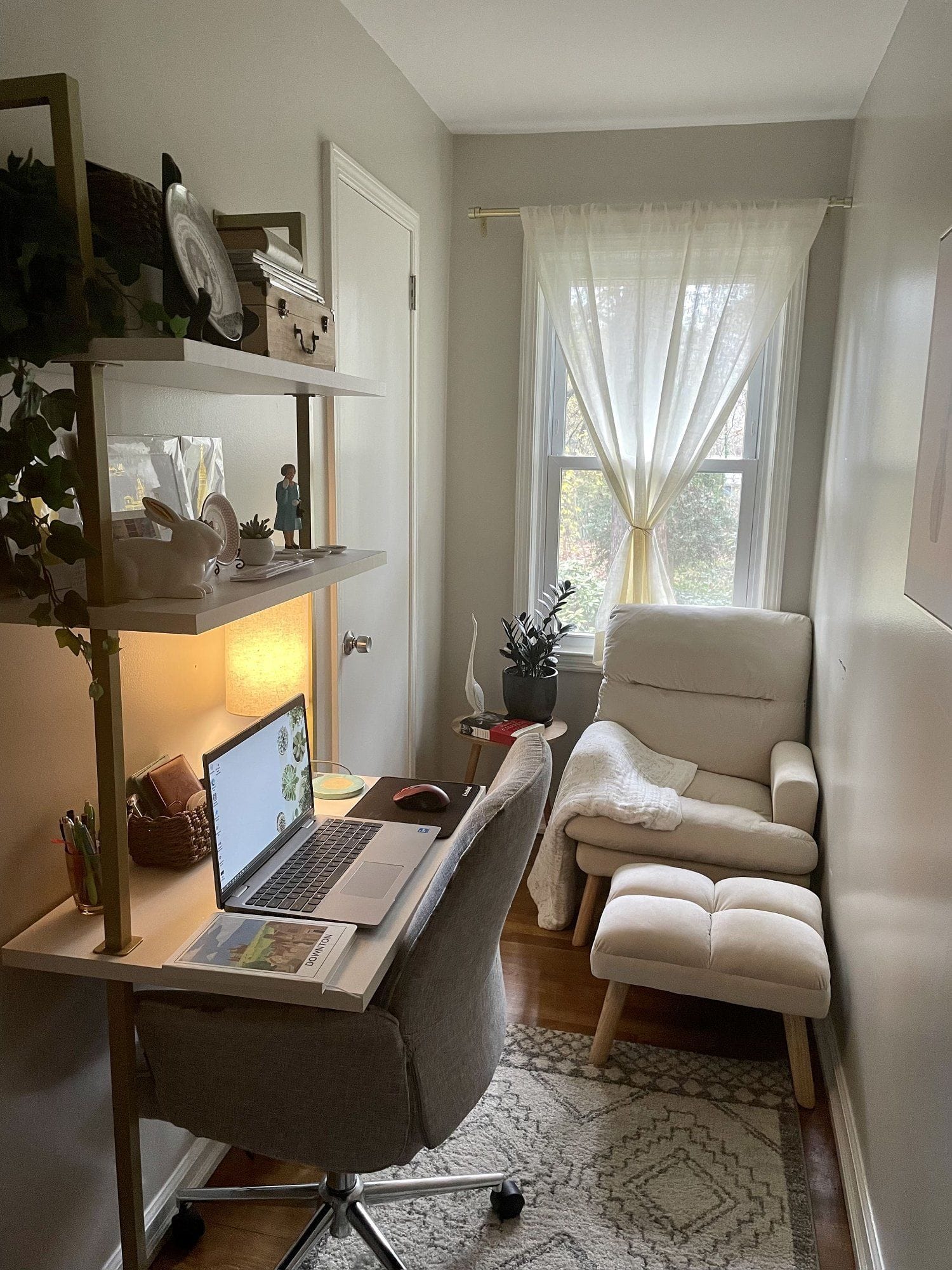
- Natural light: If possible, set up near a window to get that productivity-boosting natural light. If not, read on how to make a windowless home office feel less depressing.
- Out-of-the-box: Find potential in your own home’s unique spots. From broom closets to attic nooks, check out these 8 quirky home offices that brilliantly transform odd corners into productive spaces.
- Multi-use spaces: Consider using part of your living room or bedroom for your office. Get inspiration from real-life bedroom setups.
3. Select functional furniture
- Compact desk: Go for space-saving options like wall-mounted desks, folding desks, or desks with built-in storage. 12 low-budget desk alternatives for small spaces.
- Ergonomic chair: Invest in a comfy, ergonomic chair for those long work hours. How to choose a home office chair for a small space.
- Vertical storage: Use shelves, wall-mounted cabinets, and pegboards to keep your desk clutter-free. 13 pegboard desk setup ideas for your home office.
- Multi-functional furniture: Think storage ottomans or desks with drawers to maximise space. 30+ IKEA ALEX desk setup hacks (ideas from real people).
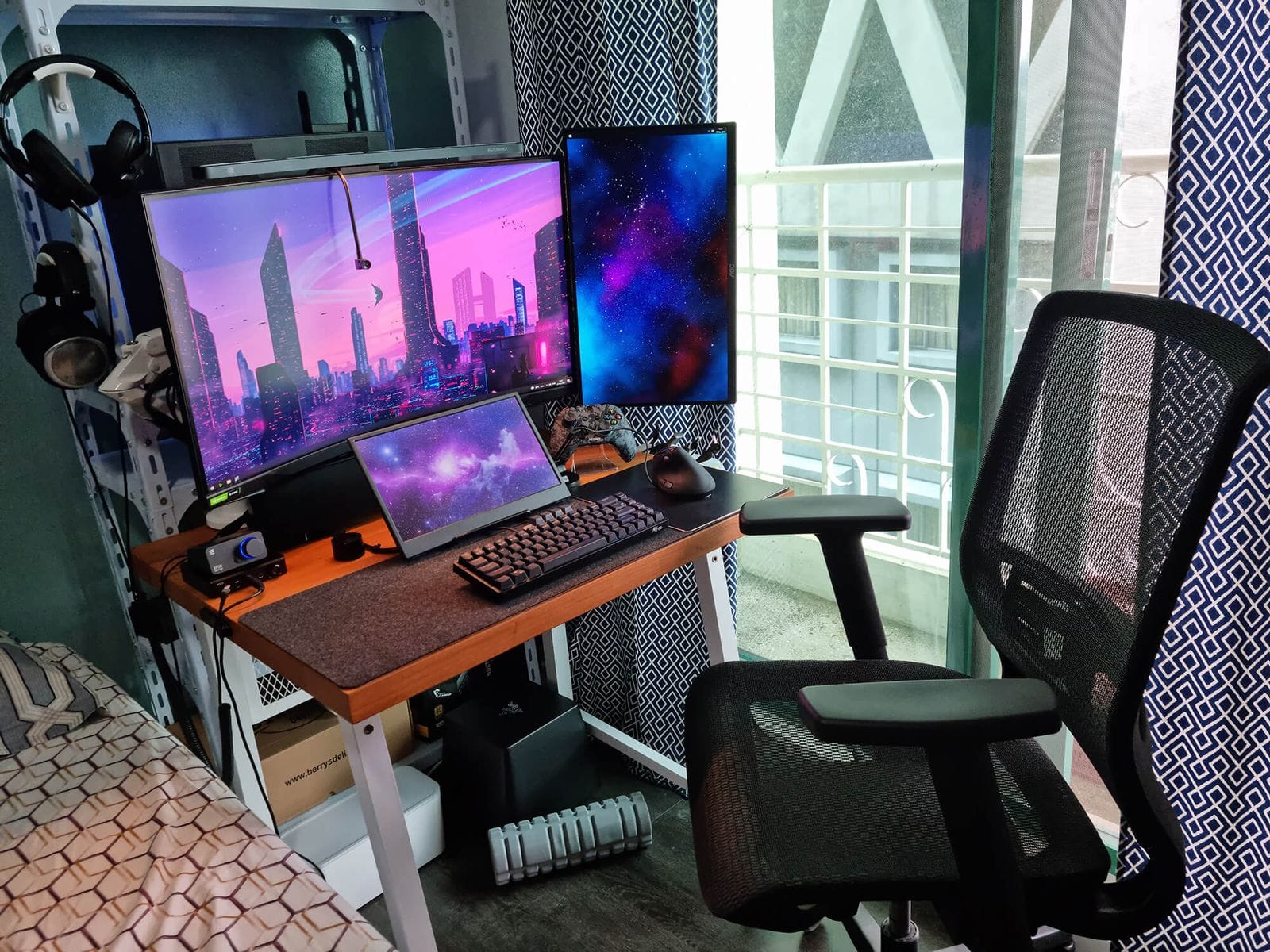
4. Optimise your lighting
- Natural light: Position your desk near a window but avoid screen glare.
- Task lighting: Get a good desk lamp with adjustable brightness. LED task lamps are a great choice.
- Ambient lighting: Keep the room well-lit with floor lamps, wall sconces, or RGB strips to reduce eye strain.
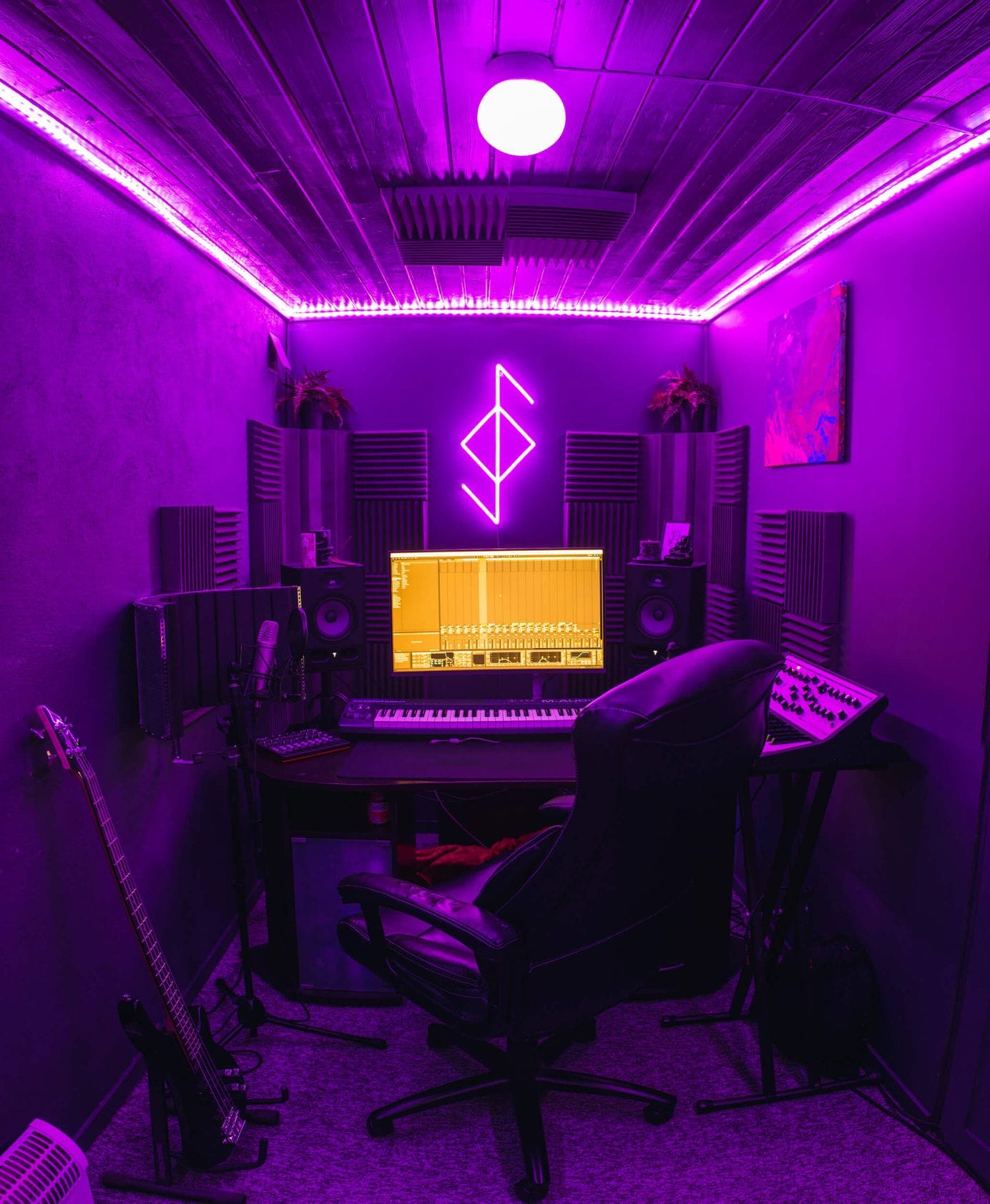
5. Manage cables efficiently
- Cable organisers: Use trays, clips, and sleeves to keep cables tidy.
- Wireless devices: Opt for wireless keyboards, mice, and printers to cut down on cords.
- Power strips: Use power strips with surge protectors for multiple devices 14 ways to hide cables in your home office.
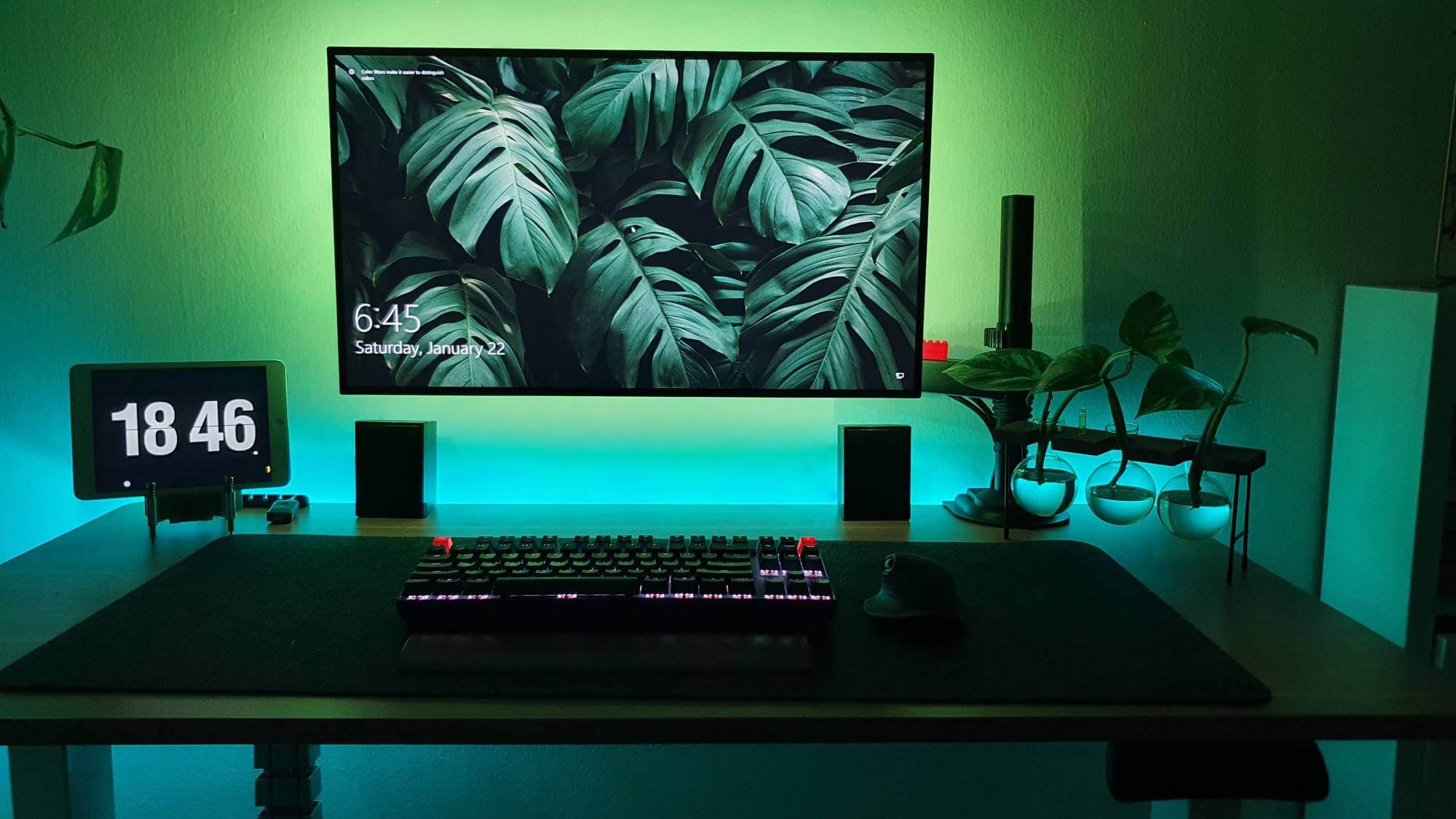
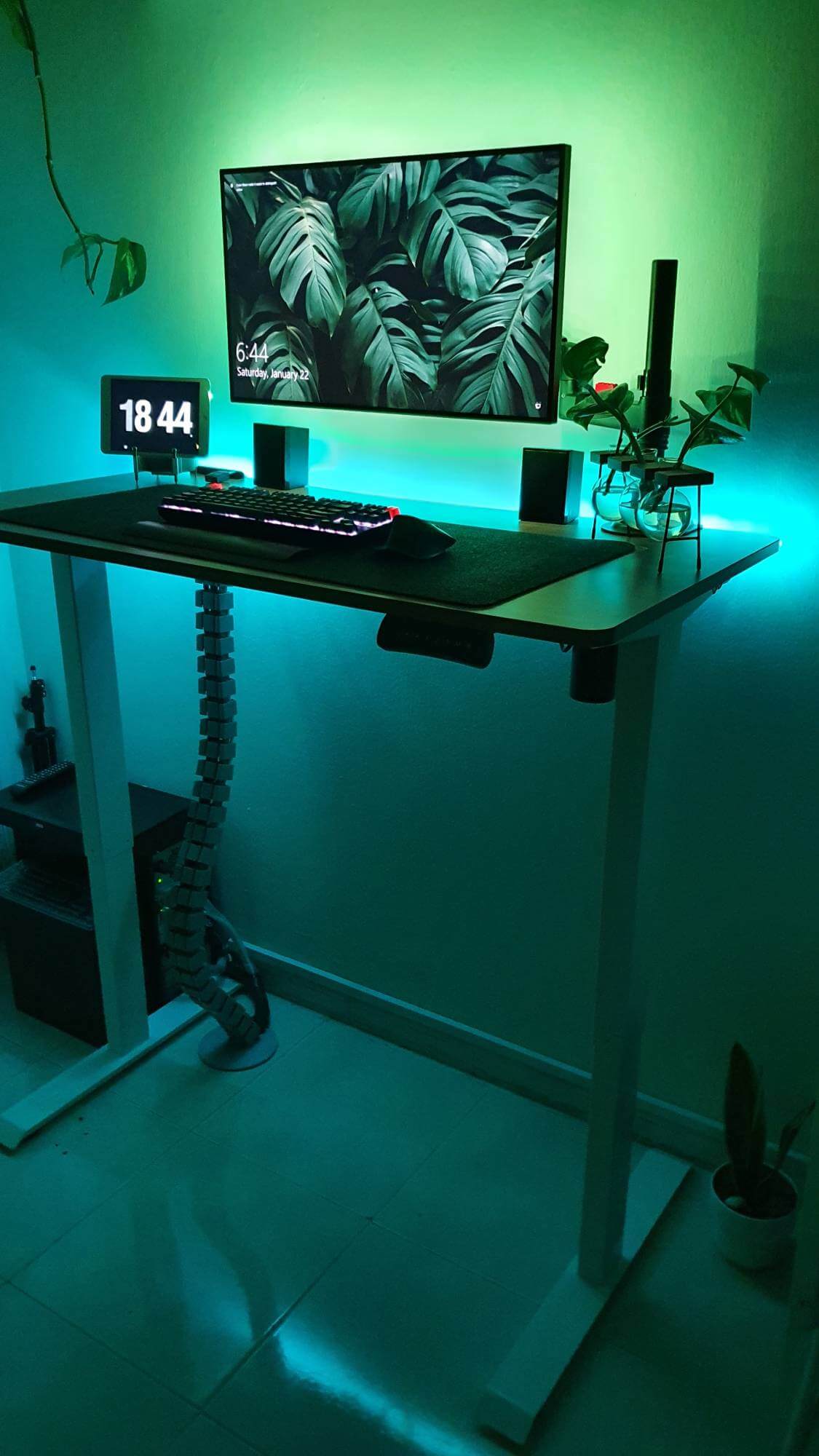
”I decided to use a wireless mechanical keyboard and mouse to make my desk look more spacious without the cables on it. I сonnected the remaining wires under my desk by using a snake cable manager. My cable spine is perfect and made specifically for an adjustable desk. It looks neat and organised so my wife has zero valid reasons to nag me. Kidding aside, this system helped my workspace achieve that minimalist feel,” says Michael Medina about his small, cable-free desk setup in Dubai, UAE
6. Personalise your workspace
- Decorate: Add personal items like photos, artwork, or small artificial plants to make the space inviting. 3 featured workspaces with fake plants.
- Add real plants: Small indoor plants can improve air quality and add a touch of nature. 5 tips for adding plants to your décor.
- Pick colours that inspire you: Neutral tones with pops of color can be both soothing and motivating. 11 home office colour ideas for better productivity.
7. Stay organised
- Daily tidying: Make it a habit to clean up your workspace at the end of each day.
- Storage solutions: Use organisers for documents and office supplies.
- Digital clean-up: Keep your digital workspace organised with a clean desktop and well-maintained folders.
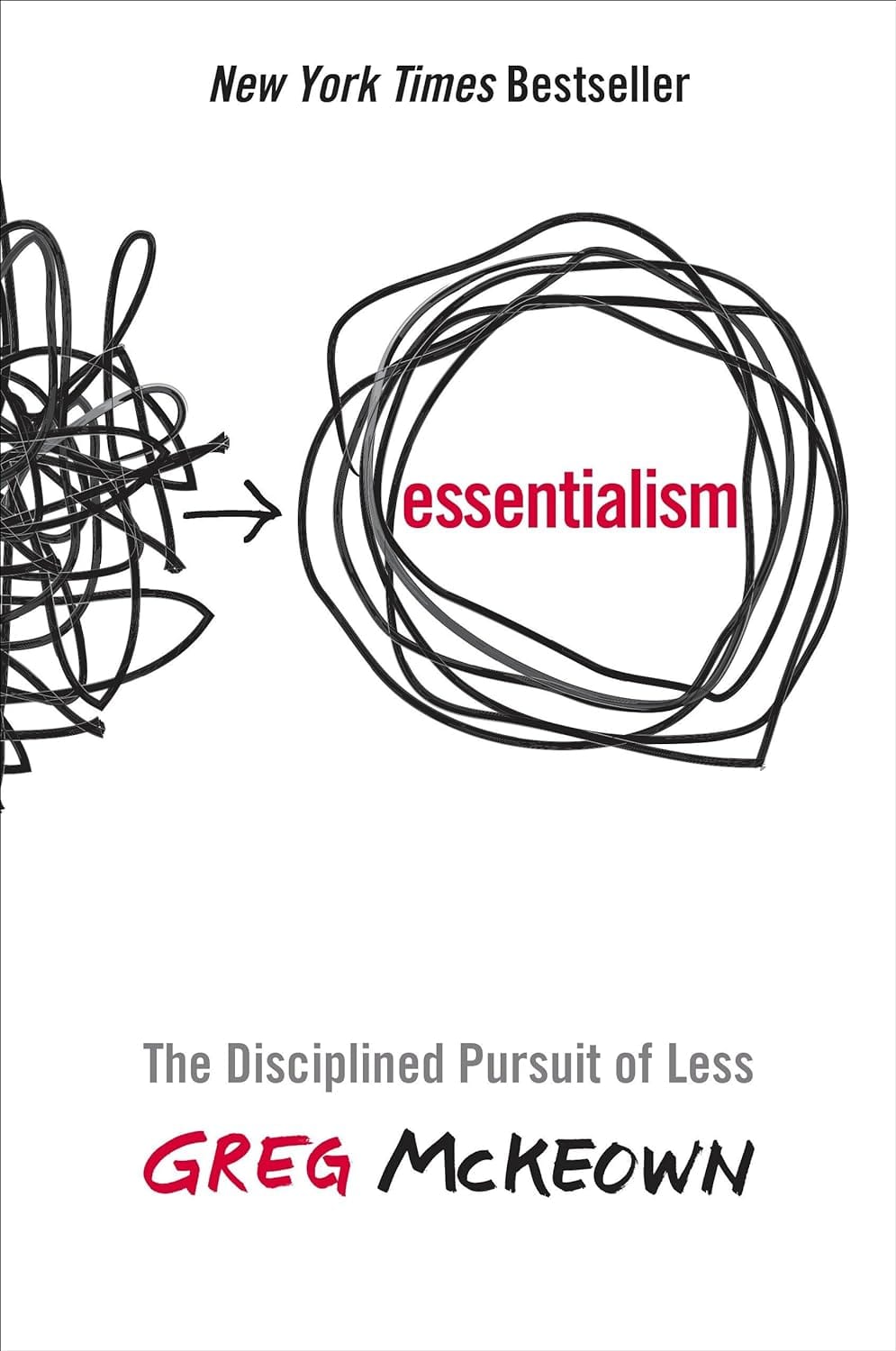
Essentialism: The Disciplined Pursuit of Less by Greg McKeown
Have you ever:
• found yourself stretched too thin?
• simultaneously felt overworked and underutilised?
• felt busy but not productive?
• felt like your time is constantly being hijacked by other people’s agendas?
If you answered yes to any of these, the way out is this book.
8. Embrace multifunctional spaces
- Convertible furniture: Look for furniture that serves multiple purposes, like a fold-away desk. Get inspired by this small loft bed desk setup in New South Wales, Australia.
- Room dividers: Use curtains, screens, or bookshelves to create a separation between work and living areas.
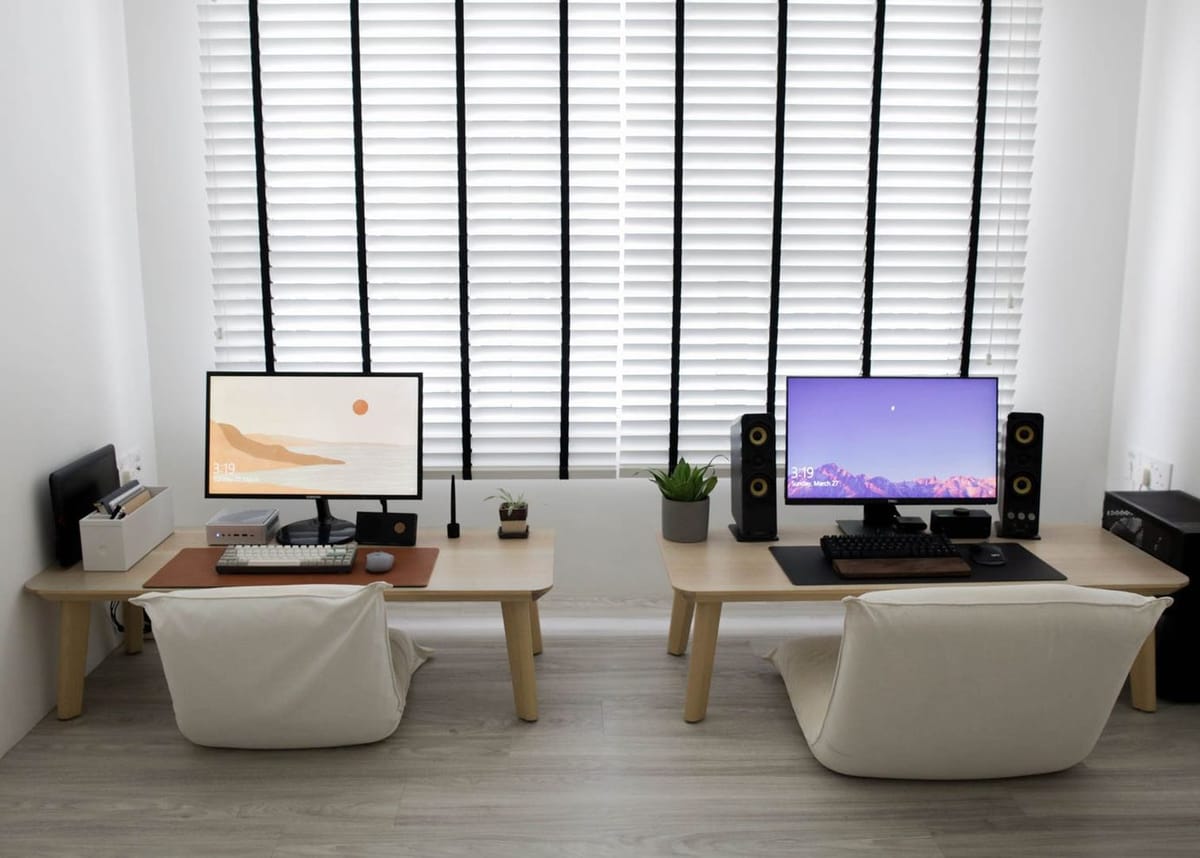
9. Ensure comfort and ergonomics
- Monitor height: Your monitor should be at eye level to prevent neck strain. Use a monitor stand if needed.
- Chair position: Adjust your chair so your feet are flat on the floor and your knees are at a 90-degree angle.
- Keyboard and mouse: Position them so your wrists are straight and your arms are close to your body.
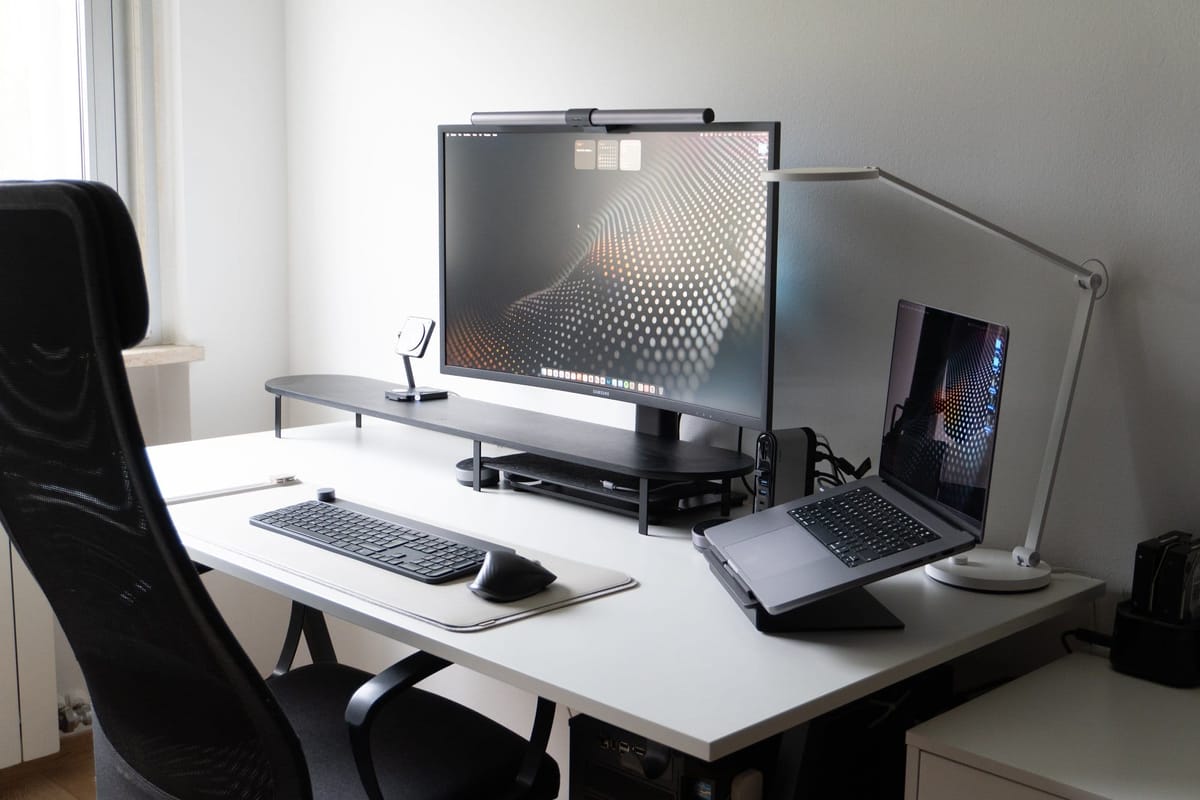
10. Tackle noise and distractions
- Noise-cancelling headphones: These can be a lifesaver in blocking out background noise.
- Soundproofing: Use rugs, curtains, or acoustic panels to minimise noise.
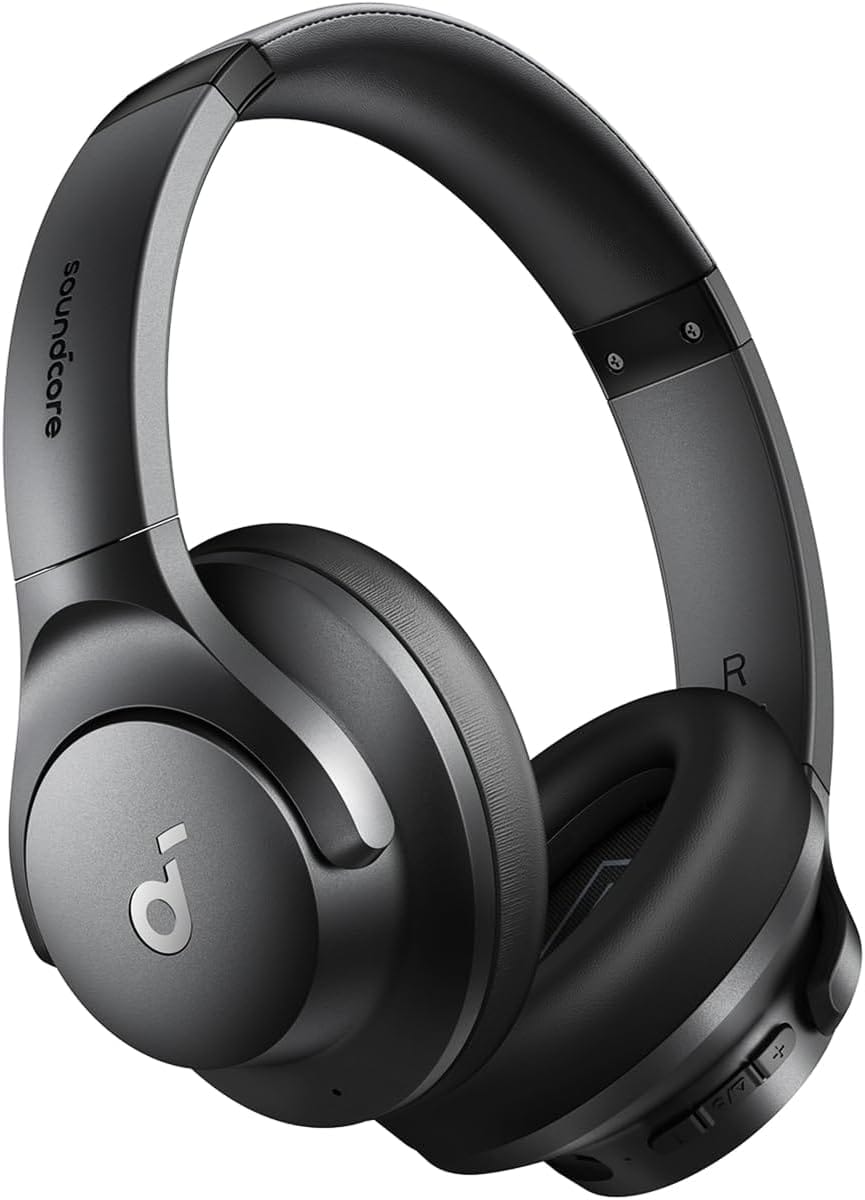
soundcore by Anker Q20i Hybrid Active Noise Cancelling Foldable Headphones
2 internal and 2 external mics work in tandem to detect external noise and effectively reduce up to 90% of it
11. Adapt and evolve
- Feedback loop: Regularly assess what’s working and what’s not. Tweak your setup based on your needs.
- Flexibility: Be open to reconfiguring your space as your work requirements change.
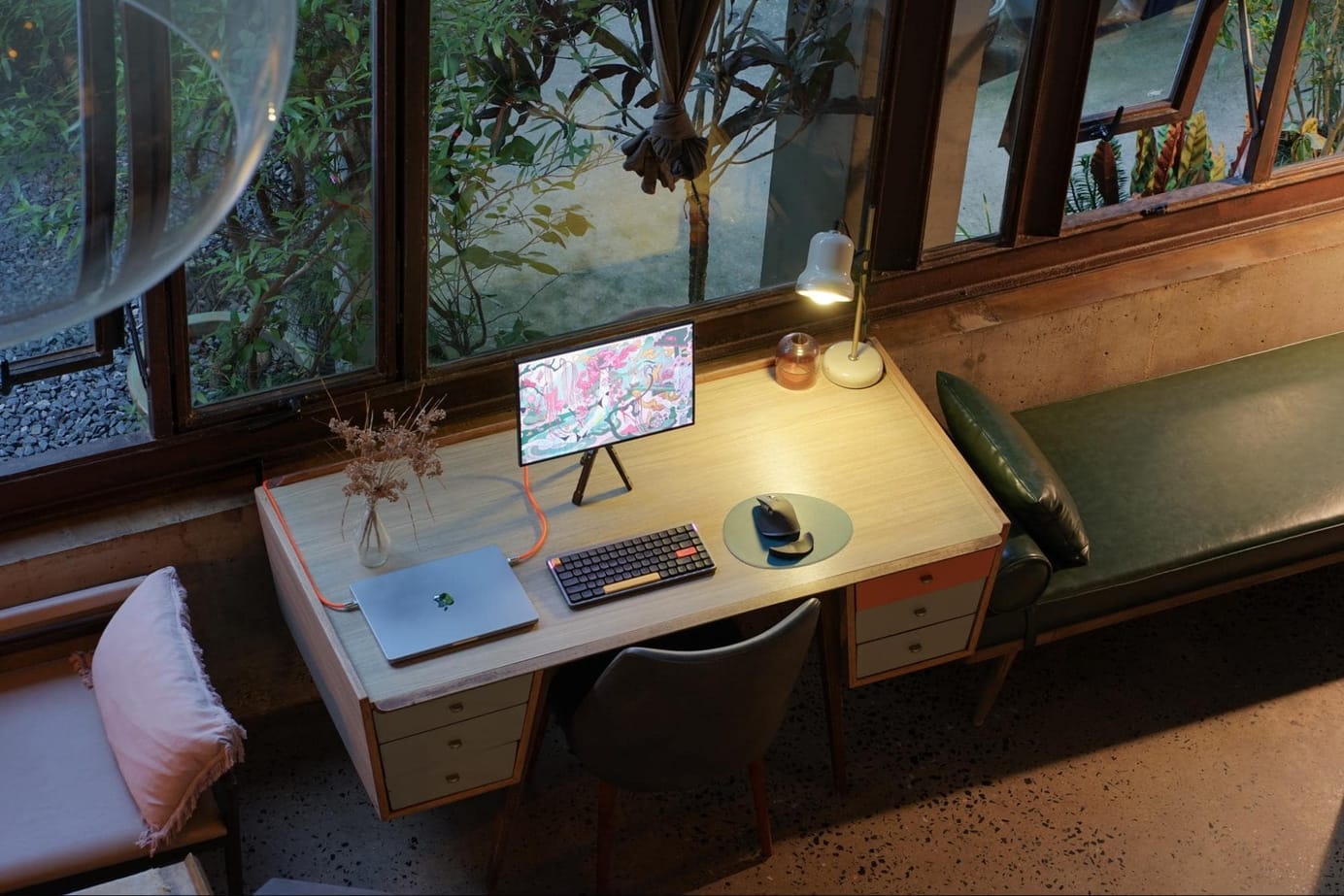
Setting up a home office in a small studio apartment is all about getting creative and staying flexible.
Make the most of your space, invest in functional furniture, and keep things organised to build a productive and comfy workspace.
Personalise your setup and let it grow with you to stay inspired and on top of your game.
We’re a reader-supported publication. This article might contain affiliate links. It means we may receive a commission if you click a link and buy a product that our maker has recommended. The article was written independently.


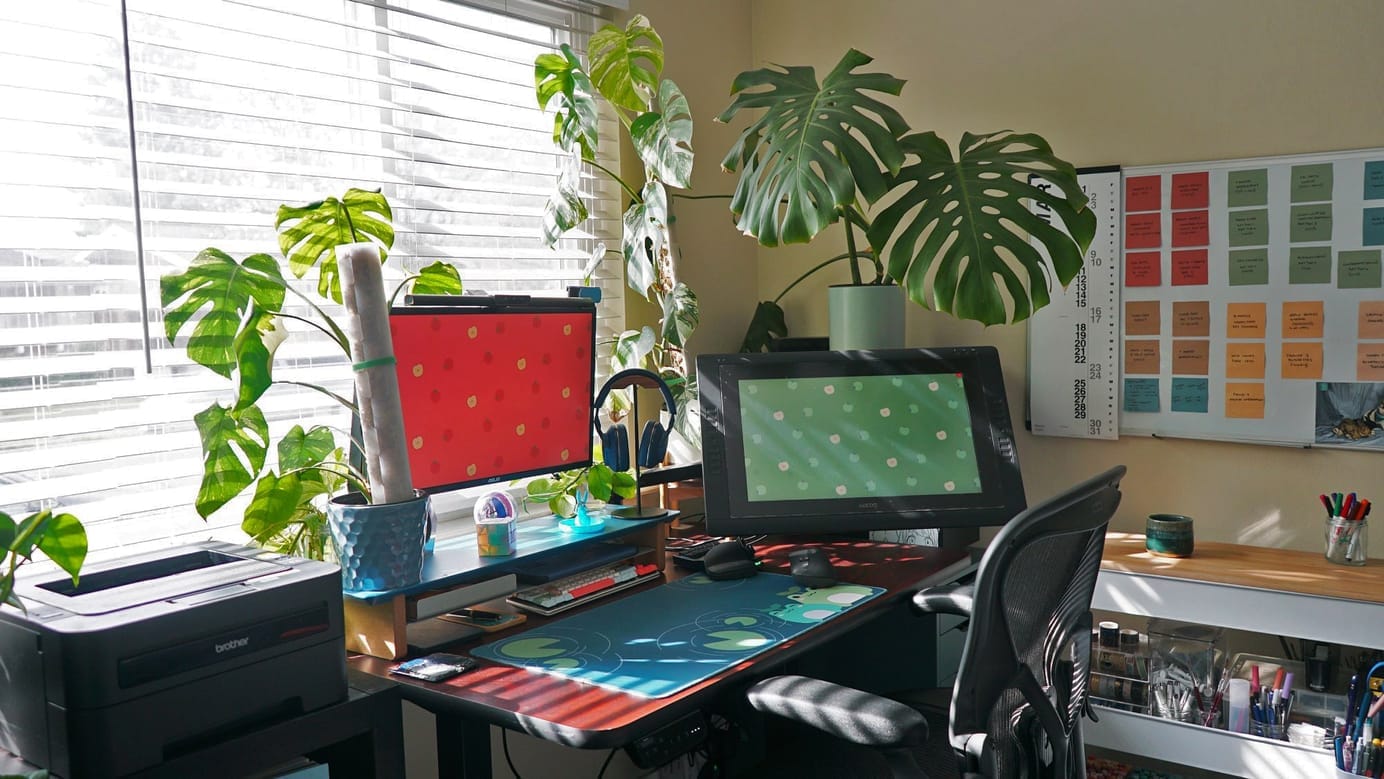




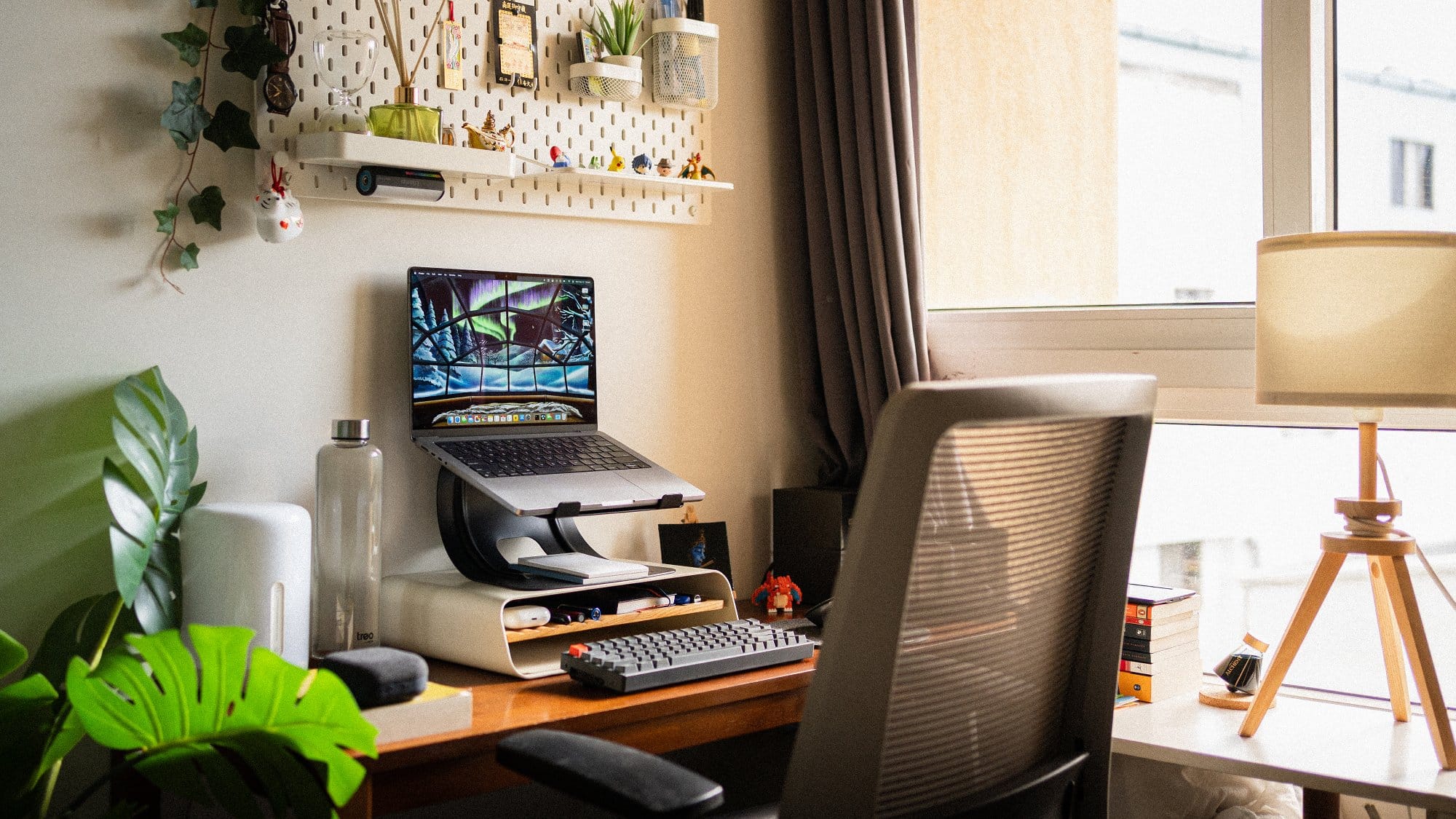
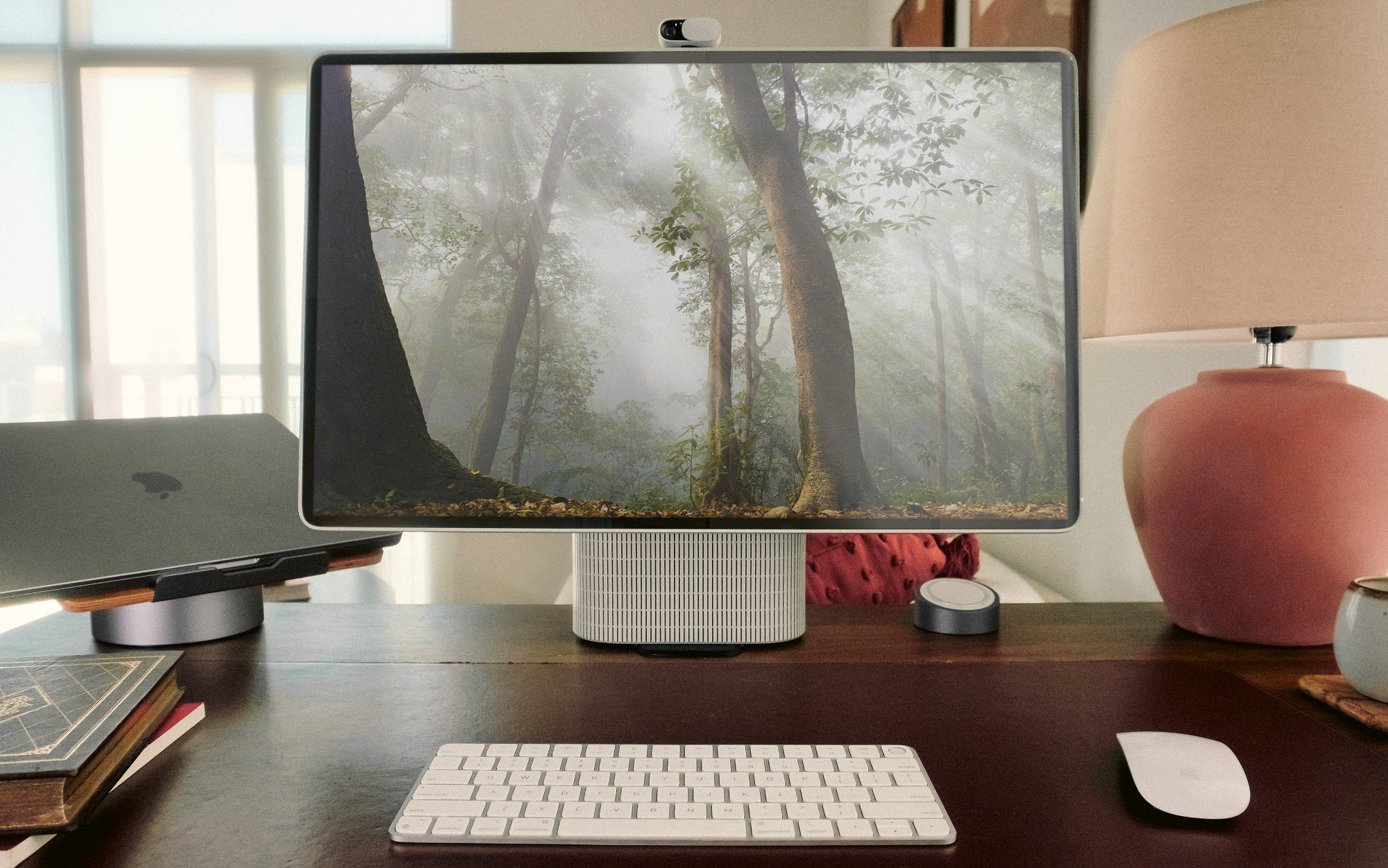
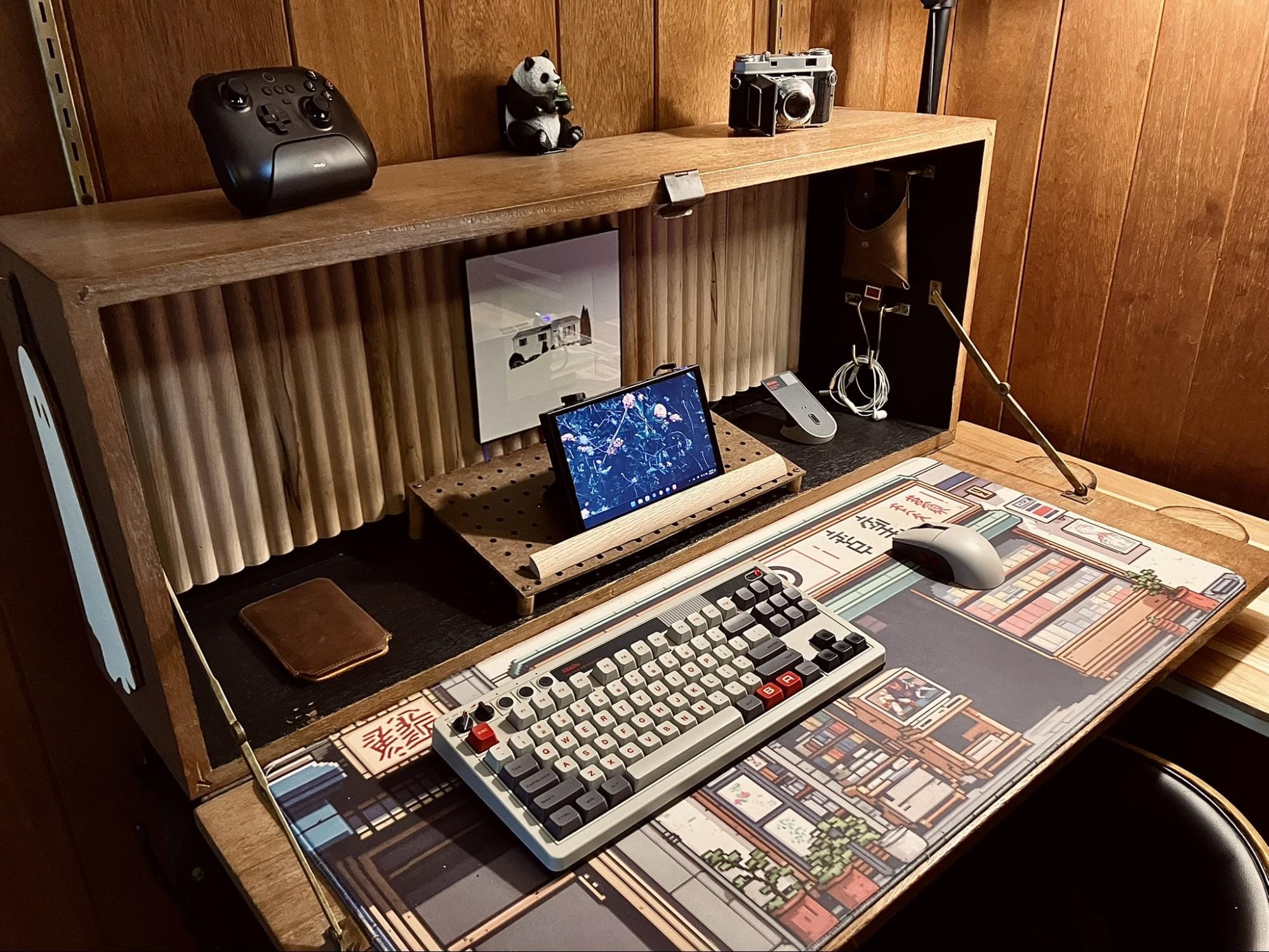



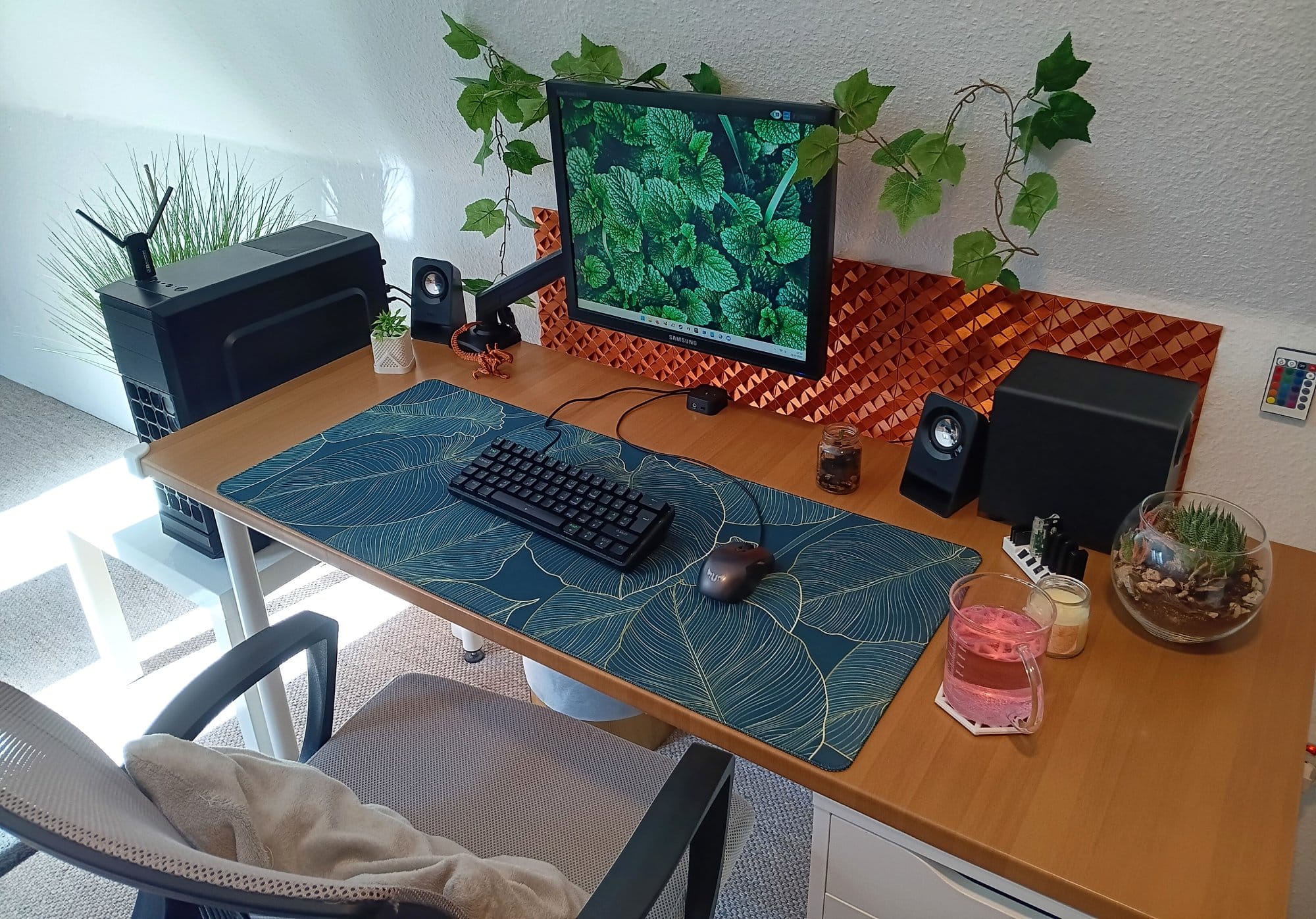
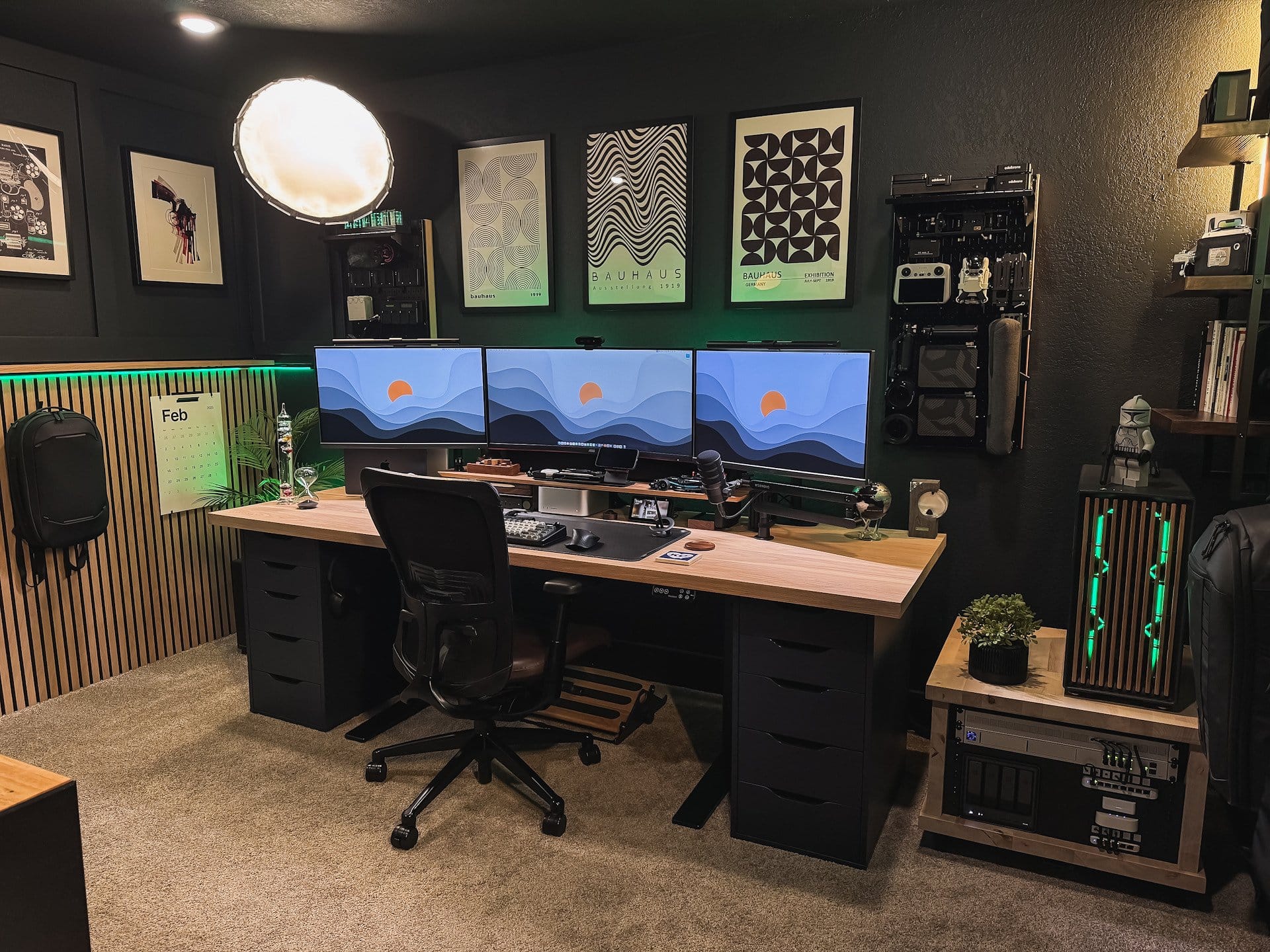
Discussion